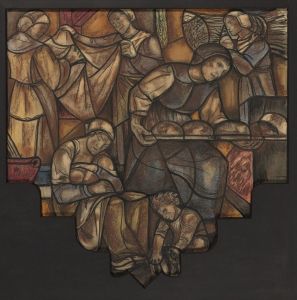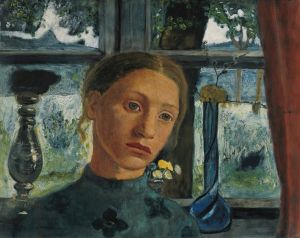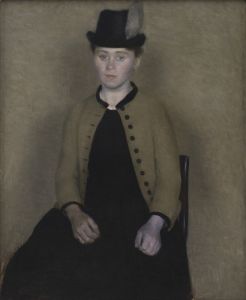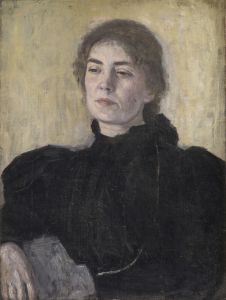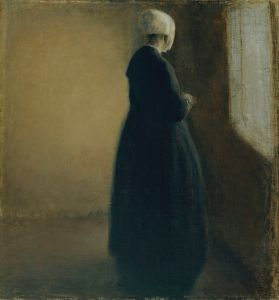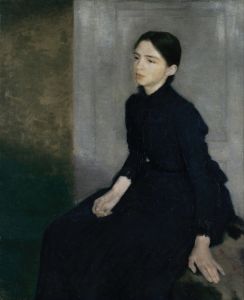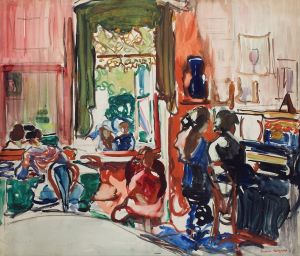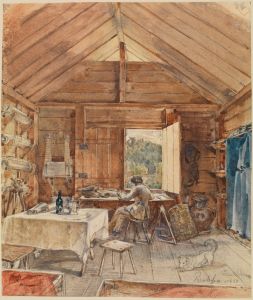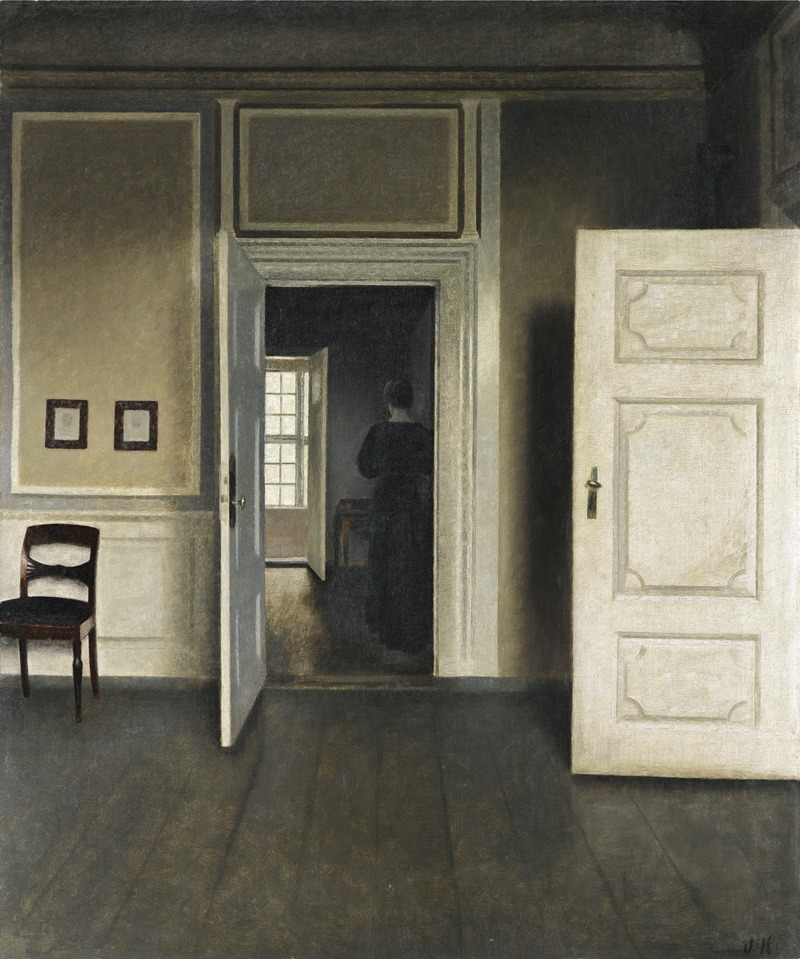
Interior. Strandgade 30
A hand-painted replica of Vilhelm Hammershøi’s masterpiece Interior. Strandgade 30, meticulously crafted by professional artists to capture the true essence of the original. Each piece is created with museum-quality canvas and rare mineral pigments, carefully painted by experienced artists with delicate brushstrokes and rich, layered colors to perfectly recreate the texture of the original artwork. Unlike machine-printed reproductions, this hand-painted version brings the painting to life, infused with the artist’s emotions and skill in every stroke. Whether for personal collection or home decoration, it instantly elevates the artistic atmosphere of any space.
Vilhelm Hammershøi's painting Interior. Strandgade 30 is a notable work by the Danish artist, created in 1901. Hammershøi is renowned for his subdued and introspective interior scenes, often characterized by muted color palettes, soft light, and a sense of quietude. This painting exemplifies his distinctive style and thematic focus.
The artwork depicts a room in Hammershøi's apartment at Strandgade 30 in Copenhagen, where he lived with his wife, Ida. The apartment served as both a home and a recurring subject in his art. The room is rendered with meticulous attention to detail, showcasing the interplay of light and shadow on the walls, furniture, and floor. The composition is minimalist, with sparse furnishings and an emphasis on geometric forms, which contribute to the serene and contemplative atmosphere.
Hammershøi's interiors often lack human presence or feature figures in subdued, non-dominant roles. In Interior. Strandgade 30, the absence of people enhances the sense of stillness and introspection. The painting reflects Hammershøi's interest in capturing the essence of a space through its light, texture, and structure rather than through narrative or overt symbolism.
The muted tones of gray, white, and beige are characteristic of Hammershøi's palette, creating a harmonious and understated aesthetic. The restrained use of color and the careful composition invite viewers to focus on the subtle details of the scene, such as the way light filters through the windows or the texture of the wooden floorboards.
Hammershøi's work, including Interior. Strandgade 30, is often associated with the Symbolist movement, though his style is uniquely his own. His paintings have been compared to those of Dutch Golden Age artists like Johannes Vermeer, particularly in their treatment of light and domestic interiors. However, Hammershøi's work is distinct in its modern sensibility and its focus on mood and atmosphere over narrative content.
Today, Interior. Strandgade 30 is celebrated as an example of Hammershøi's mastery of interior scenes and his ability to evoke a sense of quiet beauty and introspection. The painting is housed in the collection of the Statens Museum for Kunst (the National Gallery of Denmark) in Copenhagen, where it continues to be appreciated by art enthusiasts and scholars alike.







